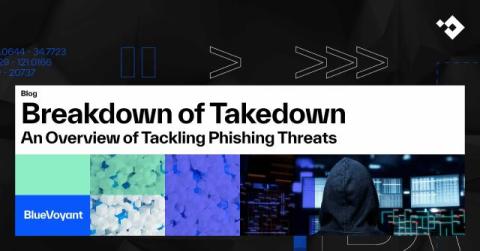The Current State of Supply Chain Defense
The majority of global organizations say they have been negatively impacted by a breach in their supply chain. In our latest survey, 81% of global organizations reported being negatively impacted by a third-party cyber breach.











